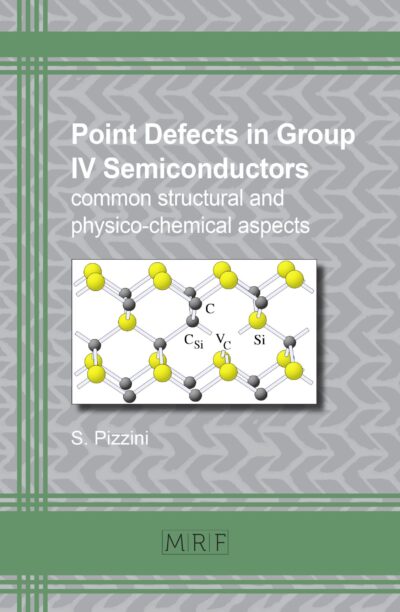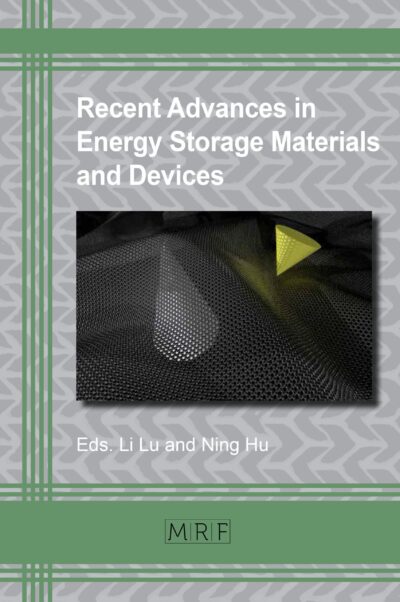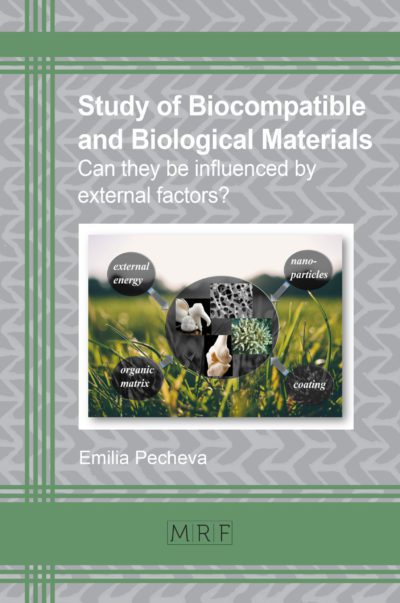Negative Thermal Expansion Materials
D.J. Fisher
Materials Research Foundations Volume 22
Publication Date 2018, 178 Pages
Print ISBN 978-1-945291-48-7 (release date January 15, 2018)
ePDF ISBN 978-1-945291-49-4
DOI: 10.21741/9781945291494
All you want to know about negative thermal expansion materials in an easy to read condensed format. In everyday life, minute thermally-induced elongations are essentially invisible to the naked eye; but even minute expansions can fatally degrade device processing and performance in – for example – the semiconductor industry. Materials which, astonishingly, contract upon heating offer the great advantage of being able to tune the overall thermal expansion of composite materials or to act as thermal-expansion compensators. The development of these negative thermal expansion materials has advanced rapidly during the past fifteen years, and a wide variety of materials of differing types has now been identified, as well as a number of intriguing mechanisms which help to avoid the apparent inviolable tendency of size to increase with temperature. The present work is the most up-to-date summary of the current range of negative thermal expansion materials and of the associated mechanisms.
Keywords
Negative Thermal Expansion Materials, Thermomiotic Behavior, Thermal Stress-Fracture, Thermal Expansion of Composites, Thin-Film Design, Metamaterials
Table of Contents
Introduction xi
General xi
Elementary theory xv
Framework structures xix
Metals 1
Molybdates 10
Phosphates 18
Vanadates 22
Tungstates 26
Halides 54
Zeolites 59
Cyanides 63
Carbon 69
Manganese Nitrides 71
Metal-Organics 80
Simple Oxides 84
Mixed Oxides 89
Miscellaneous Materials 102
Semiconductors 109
Organic Materials 112
References 116
Keyword Index 155
https://en.wikipedia.org/wiki/Negative_thermal_expansion
ProtoView by Ringgold Clean Data
This technical survey of negative thermal expansion materials is organized according to metals, molybdates, phosphates, vanadates, tungstates, halides, cyanides, carbon, manganese nitrides, simple oxides, mixed oxides, and semiconductors. Some entries are quite brief while others dive into crystalline structure, characterization findings, preparation methods, physical and mechanical properties, calculations, and applications. An opening chapter reviews the elementary theory of negative thermal expansion and the modeling of framework structures. Annotation ©2018 Ringgold Inc. Portland, OR (protoview.com)
Ringgold Keywords
Thermal expansion problems, Contracting polymers, Contracting composites, Negative expansion composites, Open framework structures


















